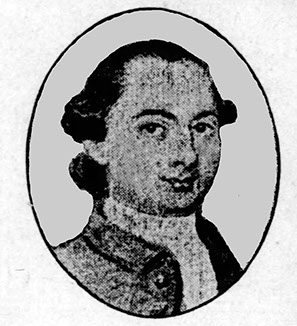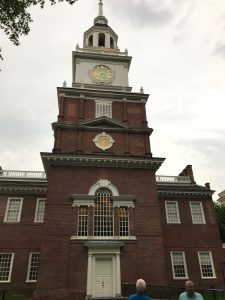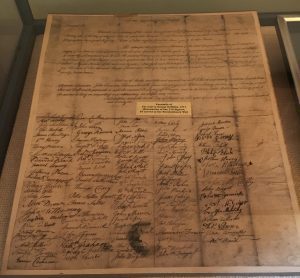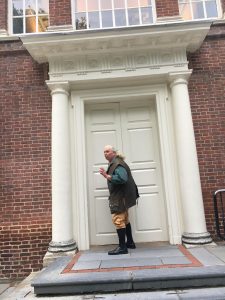I never met my father-in-law James Thomson, as he died when my husband was only six years old. However, I know that he was a very talented man. He sang in the church choir, performed in the play “Dinner Date,” and read an entire set of encyclopedias. If you knew that about him, you might not think of an outdoorsman who was a farmer at heart. But, that is exactly who he was.
 A Farm Boy
A Farm Boy
James grew up on a 160-acre farm just southeast of Palmyra, Nebraska. The farm was complete with all the features needed for a farm family. It had a house, garage, barn, outhouse, corn cribs, a chicken coop, pig pen, fields for crops, a garden, and creek running through the property.
At the corner of the property was the long ago abandoned Pioneer Cemetery (a.k.a. Old Palmyra Cemetery), which was said to have been built upon two acres of land “on a hilltop surrounded by prairie with grass so tall it was claimed that a man could ride through it on horseback and not be seen.” ¹ It made for a great place for a young boy to explore. The old stones amongst the trees, weeds, and tall grasses made for eerie fun.
Grease was also a fun substance for a young James. At a family gathering one day, while dressed in their Sunday best, James and his cousin disappeared. No one noticed they were missing until it was too late. They had managed to grease every inch of the tractor. But, to the amazement of the older generation, their clothes remained clean with no grease spots to be found. How? No one knows.
It wasn’t, however, all fun and games. James and his brother helped his father grow corn, milo, and winter wheat along with raising cattle, pigs, and chickens. His chores included baling and storing hay, cutting wood for the stoves, and ridding the barn of pigeons by using them for target practice. Additionally, James hunted various animals, fished, and trapped muskrats. It was partially sport, but mostly to provide food for the family and protect the family’s livelihood.
In the garden, the family grew potatoes and asparagus among other things. The family ate the food from the garden, apples from their trees, rabbits, squirrels, and pheasants. In addition, during cold weather, the family butchered cattle and hung the carcass in the garage until it could be eaten as they had no other means of refrigeration.
Hunting
James usually hunted coyotes, pheasants, rabbits, squirrel and deer. However, on one occasion when he was out hunting with his boys, a snake ended up his target when it crossed his path.
One coyote’s face became well known to the family when it was turned into a coyote mask. My husband remembers the mask, but it is his brother that remembers wearing it for Halloween. His brother also remembers cleaning deer hides and making the hides into shammies to be used by the family.
The year before he died, James was very happy when he was able to purchase a new rifle for his hunting pursuits. He now hunted, not only on the family farm, but also made trips to Albion, Nebraska for hunting.
After James died, my husband learned that his dad apparently wanted to take him Kodiak bear hunting in Alaska. Was this a mom’s way to create a special memory for her son or had he really talked about taking his six-year-old bear hunting? In any case, some time after his father’s death, my husband discovered that he was quite good at target shooting. Perhaps a skill he inherited from his father. And, which he has now passed on to the next generation.
 Fishing
Fishing
Silver Creek coming off the Little Nemaha River made for good fishing for James and his family. His experience came in handy when as an adult he entered the Western Electric Sportsman’s Club’s fly casting competition. The year before he died, he took home the second place trophy in the competition.
At the time, he was the vice-president of the club, which sponsored various outdoor sporting events. Being the outdoorsman he was, James likely participated in as many club activities as he could. Although James’ activities with the club went undocumented, Western Electric’s Sportsman’s Clubs were known to have fishing tournaments, trap shooting events, archery competitions, canoe trips, and hold hunting safety courses.
 Farming
Farming
James lived and worked on the farm until he got married. However, he never farmed full time after he got married. Instead, he worked as a messenger (1956) and later a supply clerk (1959) for the Department of Roads and Irrigation/State Department of Roads. By 1959, he was driving a Yellow Cab in Lincoln, Nebraska.
After his first son was born, he moved the family to Omaha, where he worked at Western Electric. After his father died in 1964 (and maybe before), James worked at his regular job during the week and farmed the family farm near Palmyra, Nebraska on the weekends. One memory my husband has from those farm days was him and his siblings riding in the back of a truck with corn pouring in as it was being harvested.
James talked about going back to farming full-time, but he never got the opportunity.
¹ Otoe County Genealogical Society, https://ocgsne.org/index.php/16-cemeteries/97-old-palmyra-cemetery
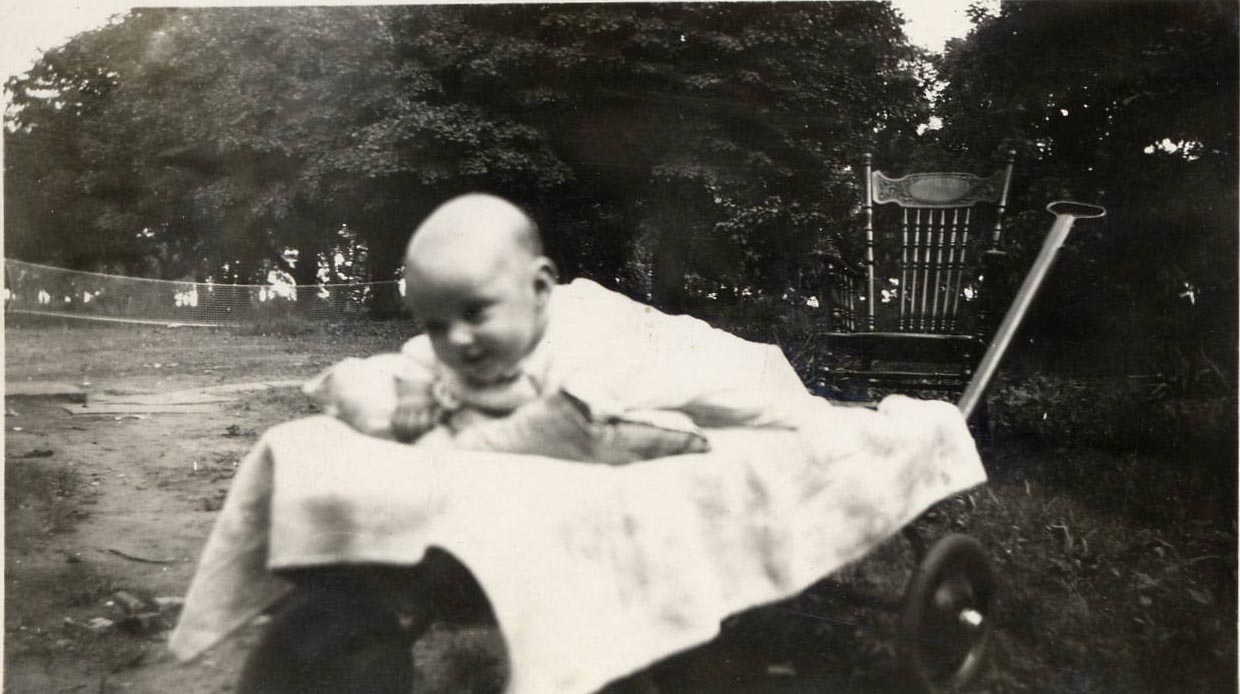
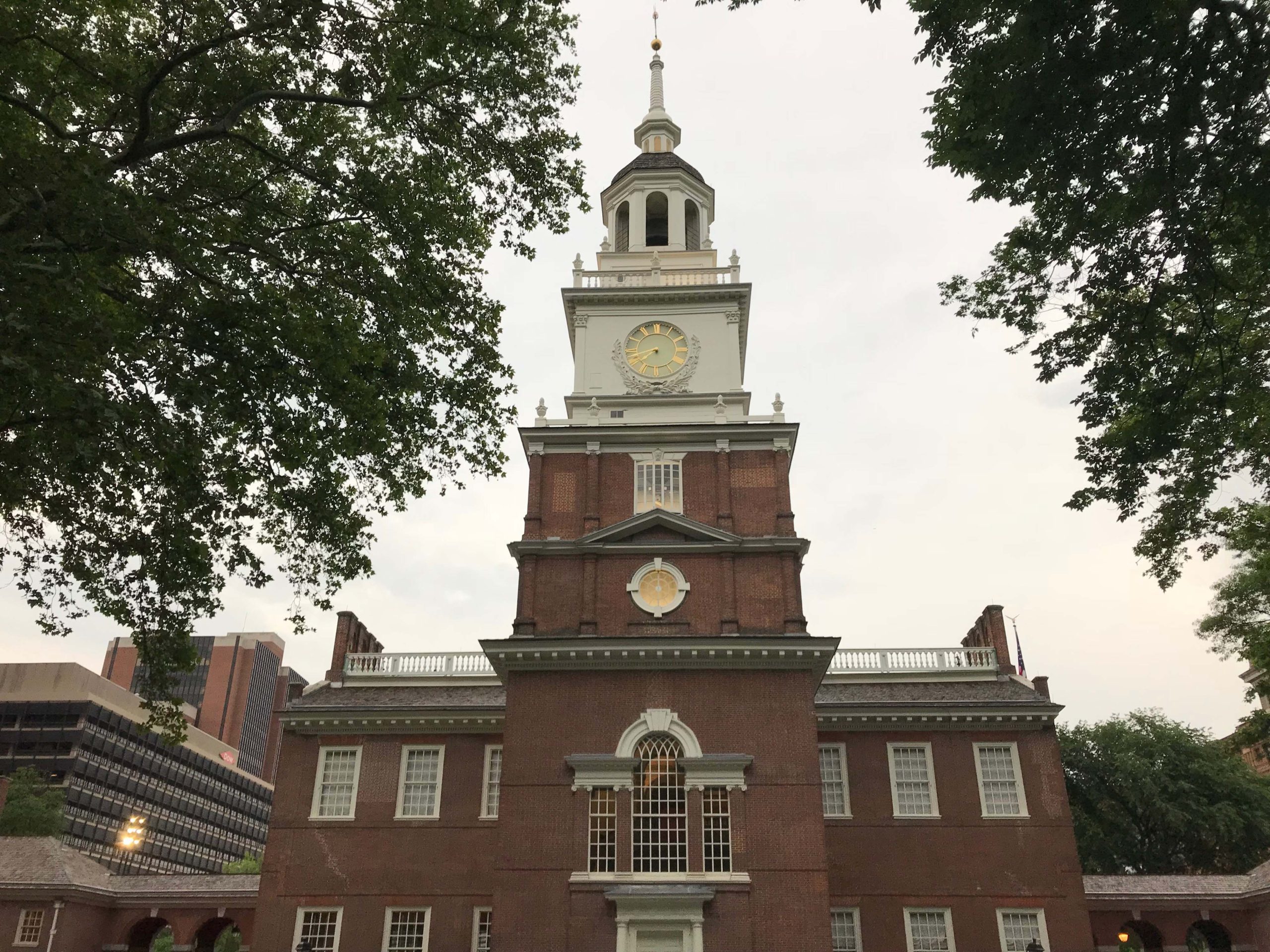
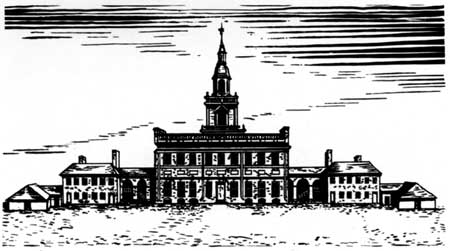

 A Farm Boy
A Farm Boy Fishing
Fishing Farming
Farming



